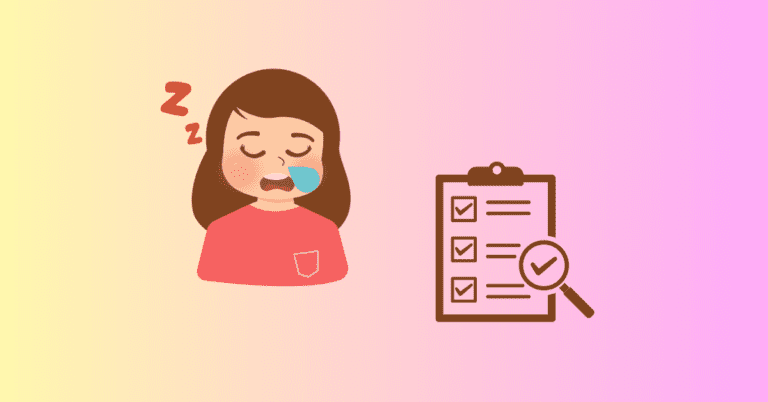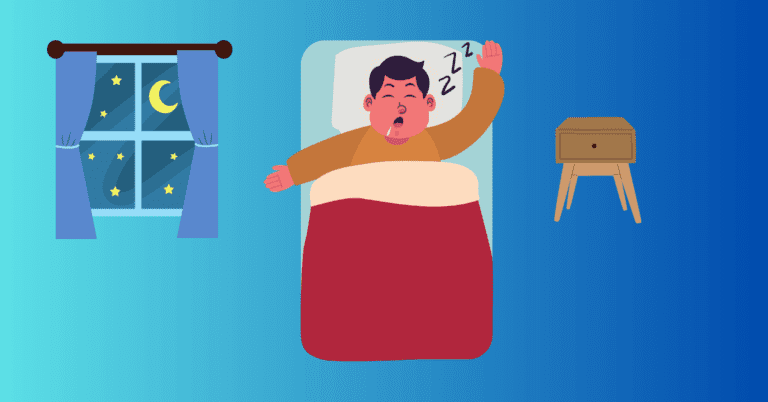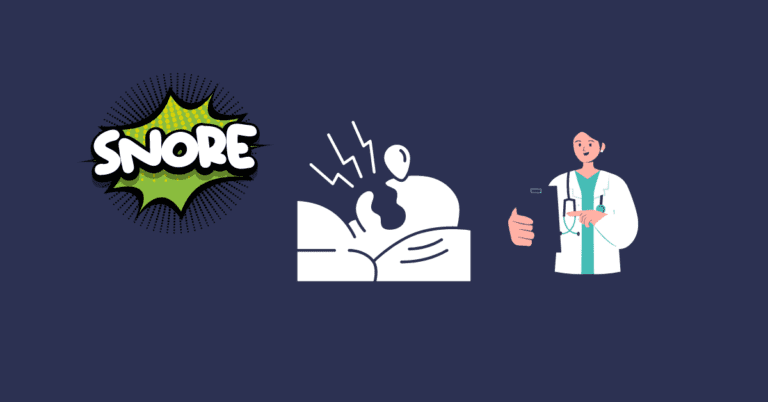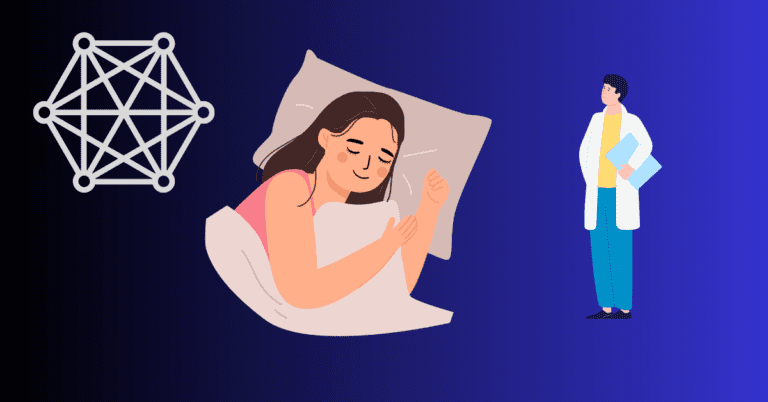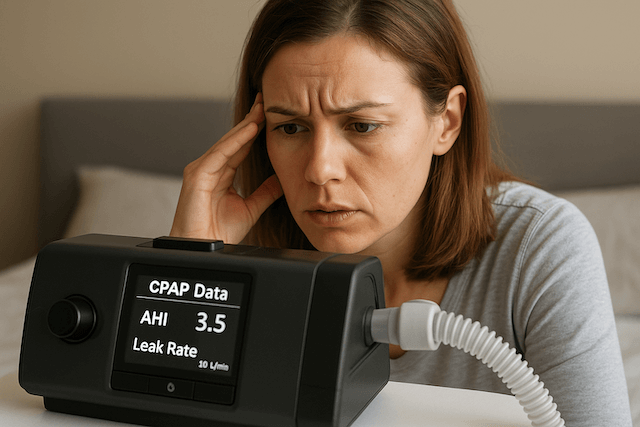Living with Sleep Apnea – My Journey
Jeremy Smith is a long-term CPAP user and sleep apnea advocate. After being diagnosed with severe obstructive sleep apnea, he created ByJeremySmith.com to help others navigate CPAP therapy through personal stories, gear reviews, and practical advice.
In this article, I want to give you a personal account of living with sleep apnea and how I manage it so that I can share my experiences with you if you are about to start on this journey.
Or maybe you are curious or think a loved one might have sleep apnea.

I’m 56 now, and I’ve been using a CPAP machine for 10 years. I’m on my second because the bearings went on the old one, and it started howling!
This is me pictured at the Roman City of Bath in England. The water is green due to algae, and no bathing is allowed!
Diagnosis and Discovery
Looking back, I remember being told I snore loudly in my younger years. I didn’t appreciate how loud it was because I was asleep, but I felt it was louder than it should be.
Back in 2001, when I went on a solo trip to Australia, I was worried because I knew I would be sharing a dormitory with other men, so I bought every anti-snore aid I could find, which included nose strips and a eucalyptus oil to drip on my tonsils. I know it didn’t help cause someone yelled out the next morning, “
Hey mate, do you realize how bloody loud you snore?”
I didn’t stay another night and spent more money on a hotel room.
So, fast forward about another 10 years, and I am starting to find I am waking up with severe headaches, getting migraines, and vomiting.
Back when I was having the worst of these episodes, I was in a toxic marriage. My then-wife scoffed at the idea that I needed help. She even called me an “old man” when I mentioned how exhausted I was and couldn’t make it through the day. 🙁
The only good thing about the vomiting was that it took the migraine away. At this point, I had met my future wife, and she was concerned. I had to lie in the dark for a whole day before I felt better.
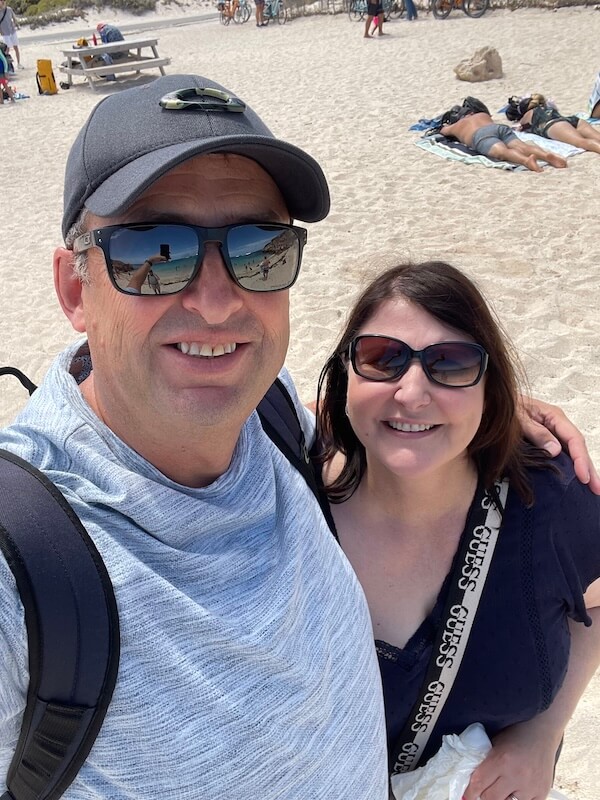
This could not go on any longer, and these migraines were getting worse.
I discovered that stress seemed to make it worse. There was a time when I was moving out of a rental. I wasn’t up for cleaning a four-bedroom house on my own, so I got it professionally cleaned. When I went back to take a look, I collapsed in the bathroom and vomited in the toilet.
That was the time of no return.
Weight Loss
If you are overweight, then losing weight should be the first thing you do. This is because the excess fat in your neck pushes down your airway. I lost 20 pounds, but my sleep apnea persisted. Losing weight might be the solution for you.
Sleep Study
I went to my doctor, who sent me to a sleep specialist.
I opted for the home-based study rather than sleeping in a hospital.
The home-based sleep study involved wiring myself to a little box and sticking sensors to various body parts. That night, despite being tangled in wires, I managed to get some sleep and took the equipment back for interpretation.
When the results came back, it was shocking. I was having an apnea event every second, or 60 events every minute.
The following shows you what is called the Apnea-Hypopnea Index. As you can see, mine is double that of severe.
- Mild: An AHI of at least five events per hour, but fewer than 15.
- Moderate: An AHI of at least 15 events per hour, but fewer than 30.
- Severe: An AHI of at least 30 events per hour.
Treatment Journey
I was told that the solution was to get a CPAP Machine. It’s a machine that keeps your airways open by blowing a continuous stream of air into your nose or mouth, so there is nothing to obstruct your breathing. Without this, living with sleep apnea would be worse and worse for my health.
CPAP stands for Continuous Positive Airway Pressure
And here I am with my trusty ResMed 10 CPAP machine.
Honestly, when I got this thing and put it on my face, I thought, “How the heck am I going to sleep with this thing on?“
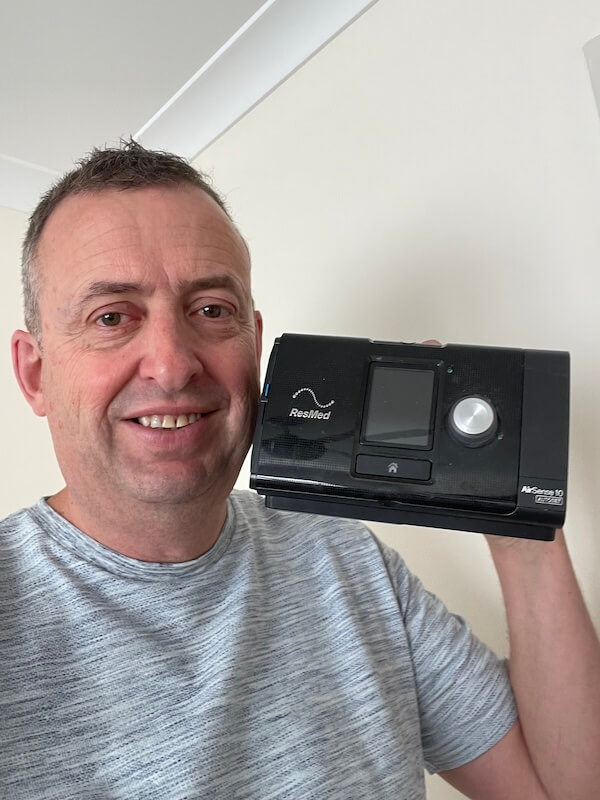
I’m not kidding you when I say this machine has saved (or significantly increased my lifespan.
Before I got it, I was suffering migraines that would last all day.
The first night I used this machine, I pulled the mask off and put it on again constantly. It didn’t feel right. It felt like a tornado blowing into my mouth. I managed to sleep a bit, but I found when I woke up, my heart felt really strained…
So I went back to the sleep center, and they slightly reduced the pressure. That night, it was far more comfortable.
Since then, 10 years have passed since living with Sleep Apnea
Living with CPAP. You will have to maintain it. Here is my experience.
| Daily | Clean the mask with warm water and a tiny spot of detergent, and dry |
| Daily | Rinse and dry the humidifier |
| Weekly | Rinse the air hose |
| Weekly | Flick the dust out of the filter. No need to buy a new one 😉 |
| Every 6 -12 months | Buy a new mask. The seal will stretch and eventually leak. Replace air filter |
| Every 12-24 months | Replace the hose as it will get bent and out of shape. Possibly dirty too. |
| Every 5 years | Replace the whole lot. The motor bearing went on mine after 5 years. |
A Moment in the Office
I remember talking to a girl in the office once. We were chatting when she casually joked about her ex using a CPAP machine.
I paused, then said, “I use one too.” Her face shifted from surprise to something more thoughtful. That moment stuck with me. Not because she laughed, but because I didn’t flinch. I owned it. If I was already confident enough to be there, embracing my CPAP felt like the least vulnerable part of the experience.
That moment stuck with me. Not because she laughed, but because I didn’t flinch. I owned it. That’s the kind of confidence CPAP has helped me reclaim.
Just remember, this thing is saving your life, so you need to take care of it more than you would a pet.
Living with CPAP
You will find now that you have a new buddy with whom you will share a third of your life.
If you have a partner, they will hopefully understand the machine buddy you need to use. Luckily mine was, and if it wasn’t for her, I may not have got one and still be suffering crippling migraines or worse.
Your other concern might be that it might be noisy. Don’t worry, they are not. The travel CPAP machine version is a bit louder, but that’s because they work slightly differently. But no, they are not, and you will soon get used to it.
The type of machine you see me holding above plugs into the wall, so if you are going away, you need to make sure that where you are sleeping has a power outlet near the bed. If in doubt,t take a power extension with you.
If you like camping, you should consider buying a travel version. I’m going overseas to Europe soon, so I’ve got one to use on the plane. I also had to purchase a large rechargeable battery.
Conclusion
I can’t emphasize enough the importance of getting a CPAP machine if your health professional has told you that you need one. If you have any questions or concerns, please leave them below, and I will try to answer them.
I am not a health professional or remotely qualified in any way to diagnose your issues, but I’m here to offer you some friendly advice.
Jeremy
Disclaimer: The content on this blog is for informational and educational purposes only and is not a substitute for professional medical advice. Always speak with your doctor or sleep specialist before starting, stopping, or changing any treatment or therapy related to sleep apnea or CPAP use.
